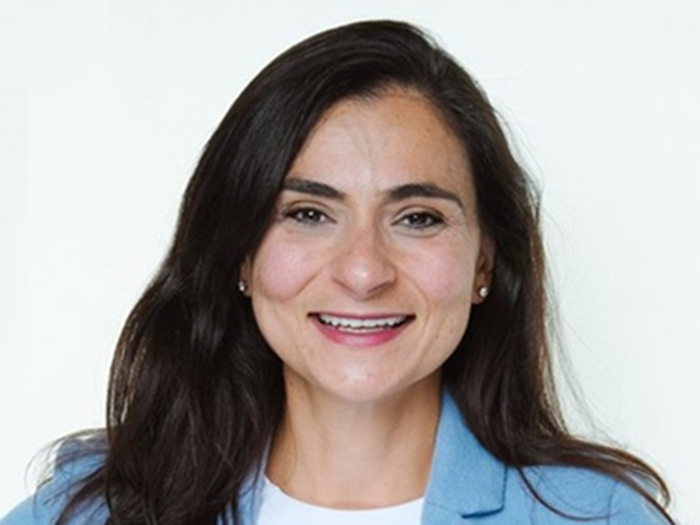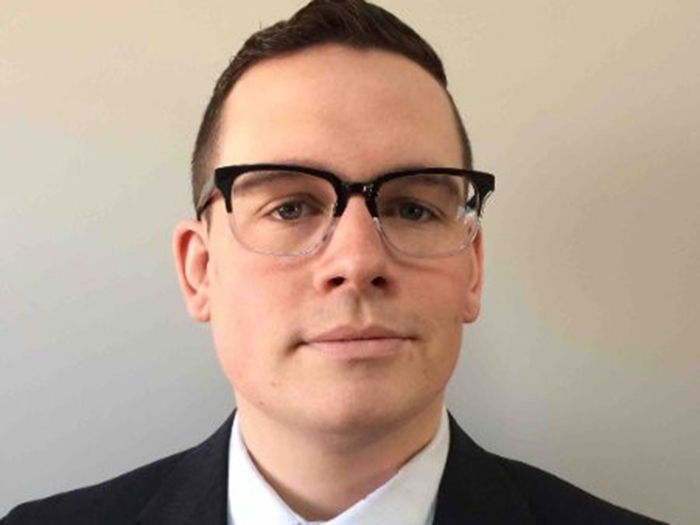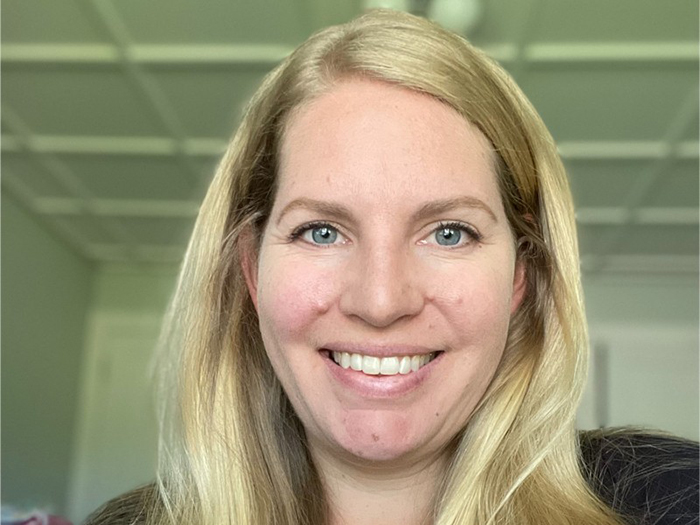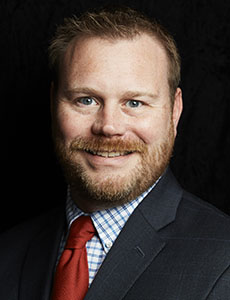If Standard Carriers Are Tightening Terms and Conditions, What Does This Mean for the Wholesale and Specialty Markets?

The standard insurance market is under huge pressure, with prices increasing and capacity retreating across most lines. The market was already in a tough spot in the face of rising historical claims and outsized jury verdicts, even before the COVID-19 pandemic struck.
Now, underwriters and brokers not only have to contend with keeping costs down while providing clients with adequate coverage, but they must do so in the context of their own ever-changing business models and crisis-related exposures.
While primary carriers have been forced to ramp up rates, reduce limits, tighten terms and conditions, or exit underperforming/unprofitable markets altogether, there has been one glimmer of hope for insureds: The wholesale and specialty industry has stepped up to meet the needs of policyholders struggling to find coverage.
This market’s exponential growth is reflected by the top five states accounting for 82% of surplus lines premiums written, which increased premiums by 7.6% year-on-year at the end of May.
“For surplus lines companies, considering their inherent rate and form flexibility, when there is uncertainty in the market, which is one result of the pandemic, surplus lines companies have historically been in a good position to step up with innovative products and fulfil the market need while other sectors of the market retrench and become more cautious,” said David Blades, associate director, industry research and analytics at A.M. Best.
To continue these conversations and to meet industry needs, the 2020 Wholesale and Specialty Insurance (WSIA) Annual Marketplace will be held virtually this year.
Rising Premiums
The percentage of total U.S. commercial insurance industry premium written on a non-admitted basis is estimated to be around 10% for the past decade, according to Brenda Austenfeld, managing director at RT Specialty. And submissions are continuing to rise, she said.
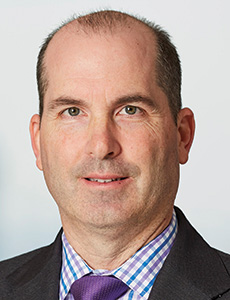
Joe Cellura, president, North American Casualty, Allied World
“We are now seeing unparalleled submission flow to non-admitted carriers, which does not factor in the specialty admitted business we are also placing throughout our segment of the industry,” Austenfeld said.
On the eve of WSIA, key talking points for underwriters, brokers and risk managers in this space will be around the impact of COVID-19 on businesses, excess capacity, coverage gaps, legislative and regulatory restrictions, and the fight for talent. The overriding challenge for the industry remains capacity, said AXA XL’s head of E&S casualty, Matt O’Malley. With insureds unable to get the limits they used to in the standard market, they are increasingly turning to wholesale and specialty providers.
“Many underwriters in the standard market are no longer willing to offer their insureds, for example, $25 million lead umbrellas,” O’Malley said. “So, most of that business is now coming to the wholesale and specialty market, for say, $15 million excess of the primary layer.”
Tower Gaps
Many insureds are unable to secure an adequate level of coverage in the standard market and programs are expiring, leaving coverage gaps in their insurance towers, according to Joel Cavaness, president of Risk Placement Services. That makes putting together the right program even more complex, he added.
“It takes twice as long to get a deal done, and it’s even more complex in the current climate,” he said. “You have to try and provide all the various layers of the tower, agree [to] limits and make sure that all forms are consistent between the different carriers.”
Then there are rising reinsurance costs, which went up again at the 7/1 renewals, some of which will have the knock-on effect of being passed on to insureds. This has come as a double whammy for businesses already reeling from effects of the pandemic, he added.
“The biggest challenge is communicating expectations throughout the tri-party relationship.” — Joe Cellura, president, North American Casualty, Allied World
“It has certainly led to a lot of difficult conversations with our retail partners, trying to explain to them and our mutual why prices are going up and what to expect in the near future,” said Josh Ammons, property broker and branch leader of AmWINS Brokerage of the Carolinas. “COVID-19 has only compounded the challenges arising from the current insurance market environment.”
“Currently, they are facing a huge amount of uncertainty because of COVID-19’s impact on their businesses,” O’Malley said. “So, we need to do everything we can to support them in getting sufficient capacity as we move towards 2021, even if their risks are changing daily.”
Bryan Sanders, president of Markel Specialty and the 2020 WSIA president, added: “We saw a similar situation after Superstorm Sandy in 2012, and after Hurricanes Harvey and Maria in 2017, which were extremely costly for the entire industry. The wholesale, specialty and surplus lines market is designed just for these situations and exists to insure those risks that are declined by the admitted market.”
Wholesale Demand
There’s also a push from insureds and brokers for other markets to handle specific risks. Underwriters are asking specialty wholesale brokers to distribute their product, particularly directors and officers (D&O) coverage. The biggest issue, however, is meeting expectations on all sides.
“The biggest challenge is communicating expectations throughout the tri-party relationship,” said Allied World North American Casualty’s president Joe Cellura. “Customers are struggling to project what their business may look like in the near-term, carriers are looking for solutions to emerging risk while trying to be protective of the long-term sustainability of the industry, and brokers are maintaining a delicate balance as the landscape changes almost daily.”
Regulation and legislation has been another big hurdle since the pandemic started. Almost every state has issued its own guidance on a range of insurance matters, not least grace periods on premium payments, he added.
“WSIA members are fully committed to working with insureds and their industry partners to help them manage through these impacts,” said Kelley. “But it has been challenging to wade through the wide-ranging and varied guidance, so we continue to advocate for consistency and uniformity.”
But with all these challenges, there have been opportunities, too. Among the biggest areas of opportunity have been public D&O and large commercial property risk.
“More than ever, this is an opportunity for us to shine and be creative to help our retail partners and insureds when they are struggling for a solution,” Ammons said. “When they are coming to us at the 11th hour, we need to step up and do everything to address their needs.” &






